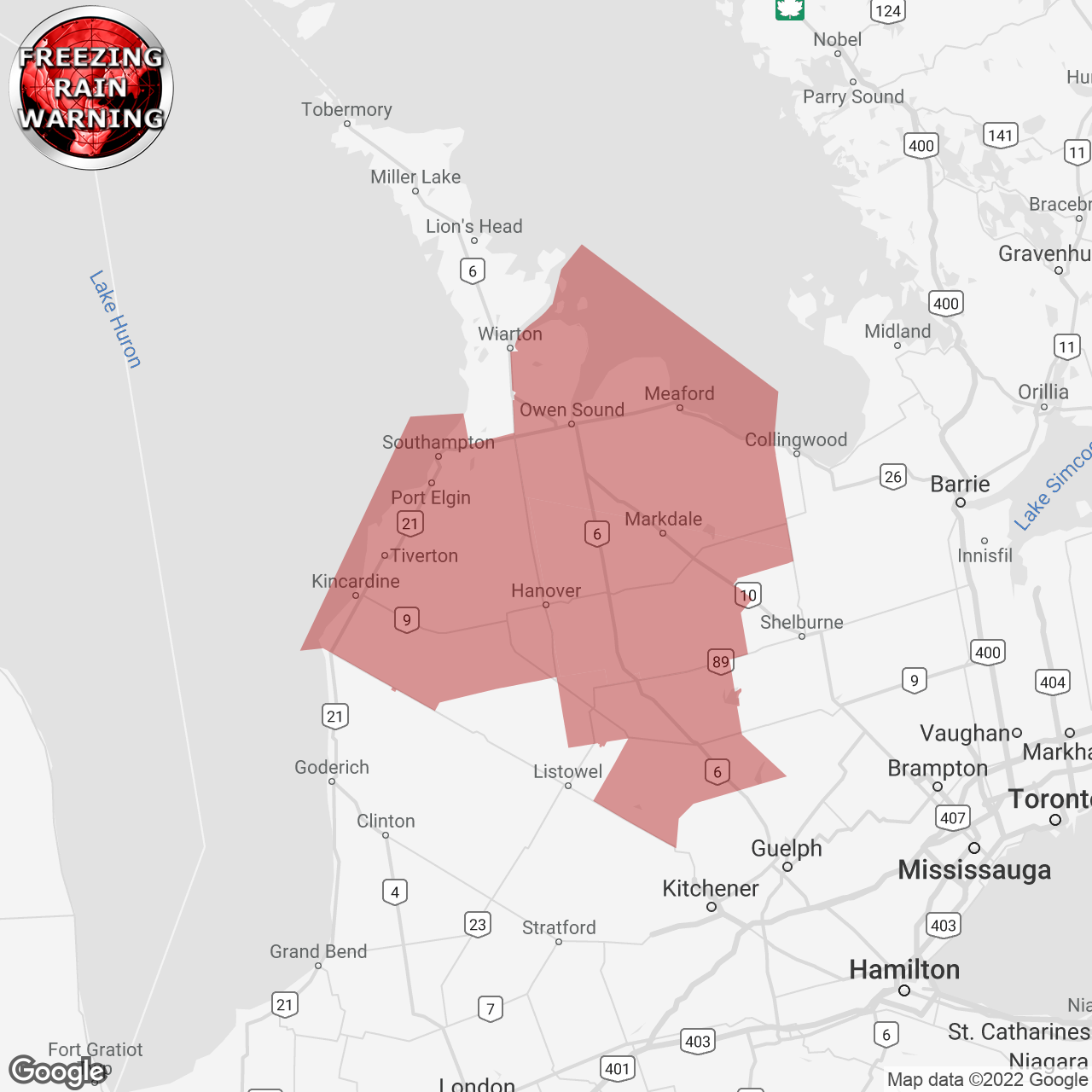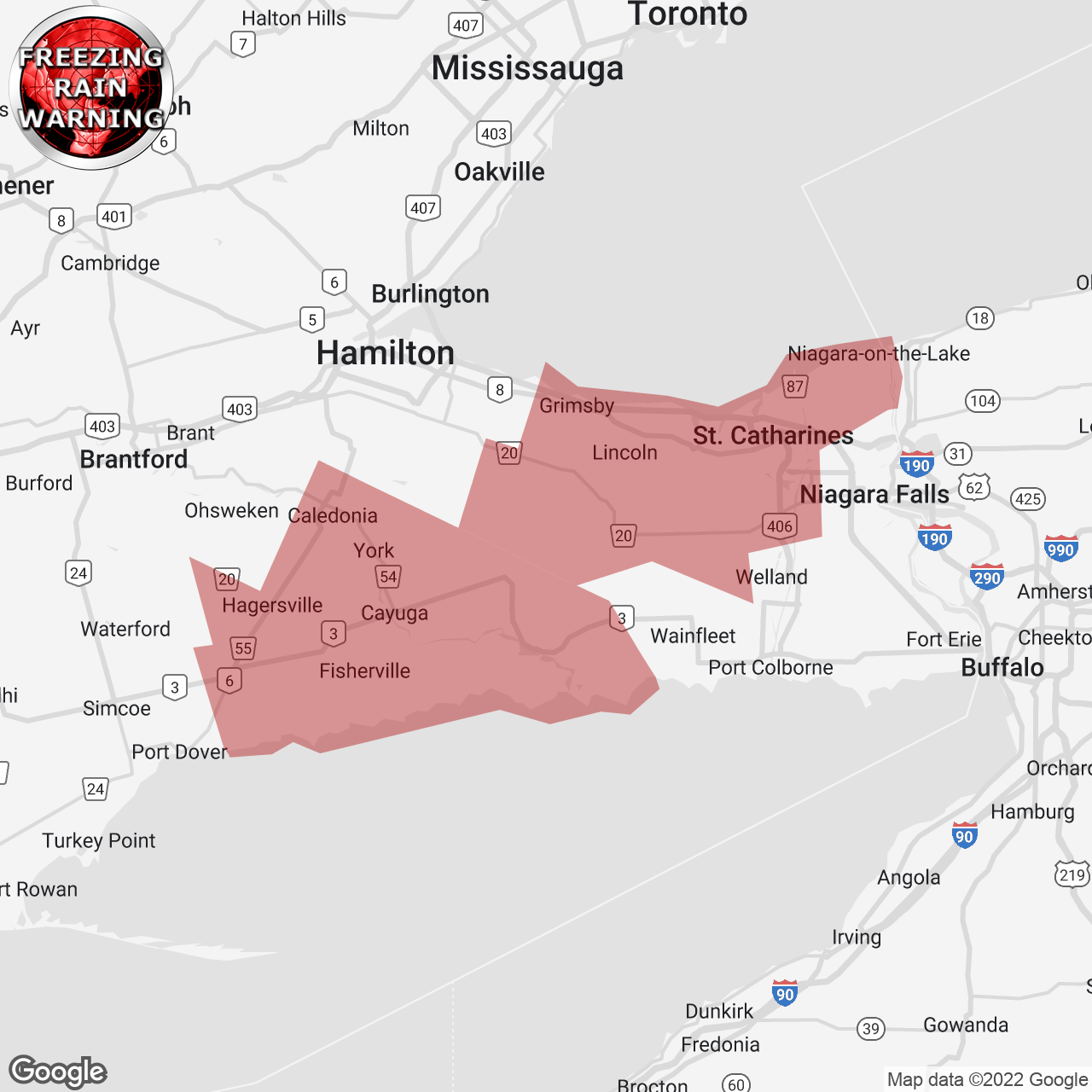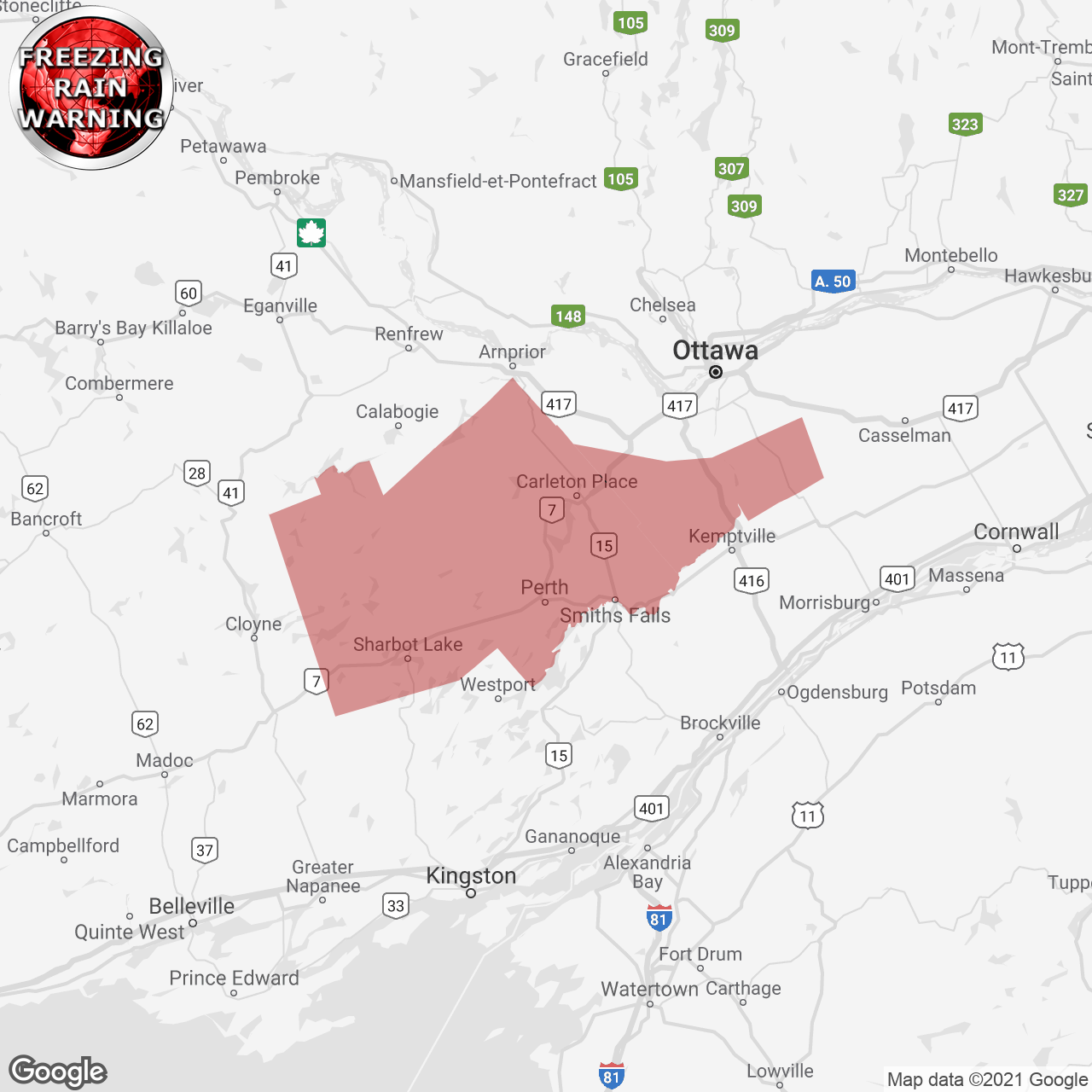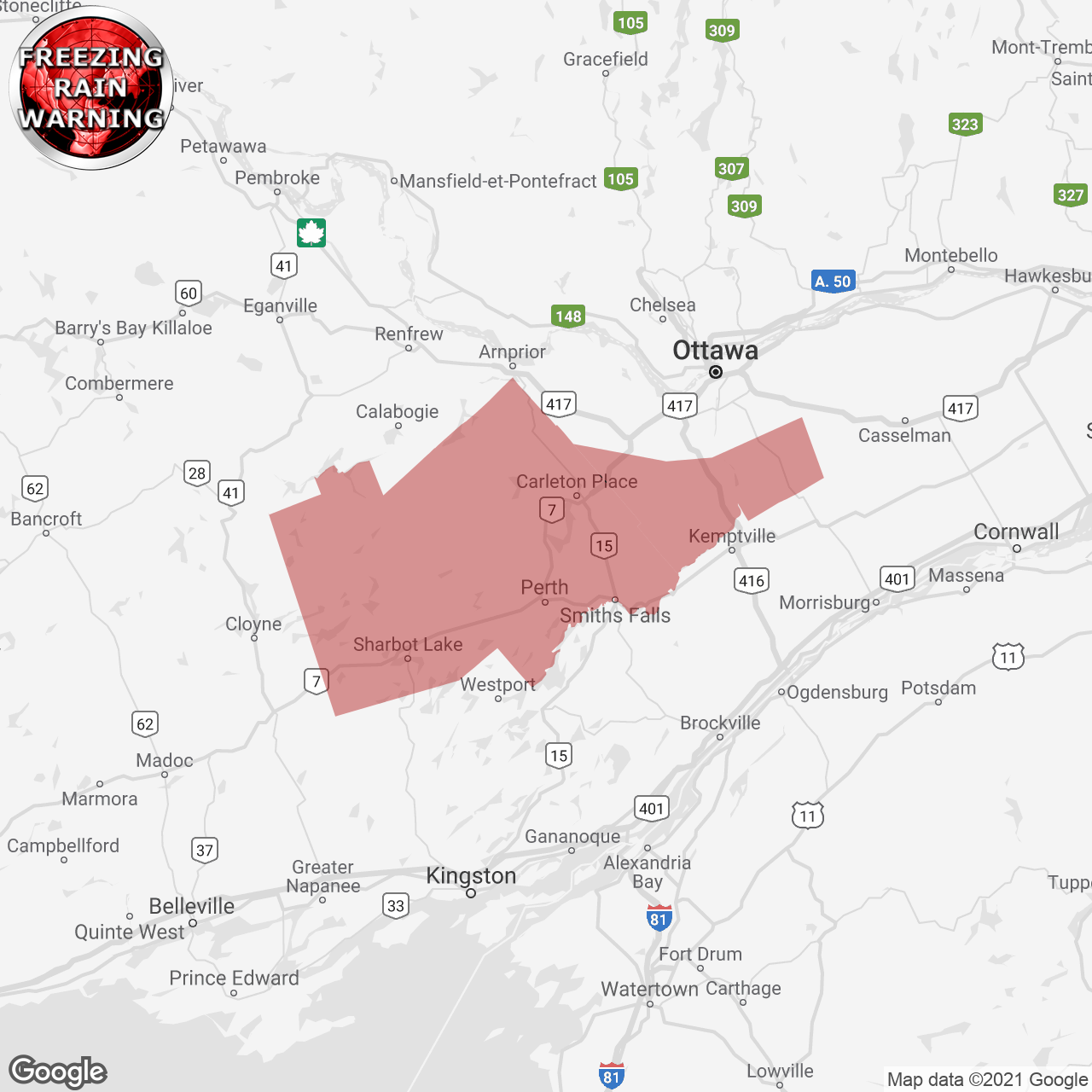Freezing rain warning issued! This isn’t your average winter weather advisory. We’re diving deep into the icy world of freezing rain, exploring how it forms, the havoc it wreaks, and most importantly, how to stay safe. From understanding the subtle differences between freezing rain, sleet, and snow, to mastering the art of winter driving and prepping your home for the worst, we’ve got you covered.
Get ready to become a freezing rain expert!
We’ll cover everything from the science behind freezing rain formation to the practical steps you can take to protect yourself and your property. We’ll also look at the broader societal and economic impacts of these events, highlighting the importance of preparedness and community response. Let’s get started!
Okay, so there’s a freezing rain warning issued, meaning icy roads are a real possibility. It’s got me thinking about staying in and binge-watching something, which reminds me, check out this article about BBC Beyond Paradise fans say the same thing minutes into the new season – it’s a great distraction from the weather! Anyway, back to the freezing rain – better grab those ice scrapers!
Understanding Freezing Rain
Freezing rain, a deceptively dangerous weather phenomenon, occurs when rain falls as liquid water but freezes upon contact with surfaces having a temperature of 0°C (32°F) or below. This creates a coating of ice, often referred to as glaze, which can have devastating consequences.
Meteorological Conditions Leading to Freezing Rain Formation

Freezing rain forms under specific atmospheric conditions. A layer of warm, moist air aloft overlays a layer of cold air near the ground. Rain falls through the warm layer as liquid, then encounters the colder air near the surface. If the cold layer is shallow enough, the rain doesn’t freeze completely before hitting the ground, resulting in freezing rain.
The temperature profile is crucial; a slightly warmer surface layer would lead to regular rain, while a significantly colder layer would result in snow or sleet.
Differences Between Freezing Rain, Sleet, and Snow
Freezing rain, sleet, and snow all involve precipitation, but differ significantly in their formation and characteristics. Snow forms when water vapor in clouds freezes into ice crystals. Sleet forms when rain falls through a layer of freezing air, freezing into small ice pellets before reaching the ground. Freezing rain, as previously explained, is liquid rain that freezes on contact with surfaces below freezing.
Freezing Rain Development: A Step-by-Step Description
- Warm, moist air rises and forms clouds.
- Rain begins to fall through a layer of warmer air above.
- The rain encounters a layer of cold air near the surface.
- The rain remains liquid, supercooled, because it hasn’t had time to freeze.
- Upon contact with surfaces at or below freezing, the supercooled rain instantly freezes, forming a coating of ice.
Impacts of Freezing Rain on Various Surfaces
Freezing rain’s impact varies depending on the surface. On roads, it creates extremely hazardous driving conditions, leading to accidents and traffic disruptions. Power lines become coated with ice, adding significant weight and causing them to snap, resulting in widespread power outages. Trees and branches also accumulate ice, becoming heavy and prone to breaking, causing damage to property and potentially injuring people.
Impacts of a Freezing Rain Warning: Freezing Rain Warning Issued
A freezing rain warning signals a significant threat to safety and infrastructure. Understanding the potential dangers is crucial for effective preparedness.
Potential Dangers Associated with Freezing Rain
- Power outages leading to disruptions in essential services.
- Hazardous driving conditions and increased accident risk.
- Tree and power line damage resulting in property damage and injuries.
- Risk of hypothermia and other cold-related injuries.
Examples of Infrastructure Damage
The 1998 ice storm in eastern North America caused widespread power outages lasting for weeks, leaving millions without electricity. Numerous trees and power lines were downed, and the economic impact was substantial. Similarly, the 2013 ice storm in Ontario, Canada, resulted in significant damage to infrastructure, impacting transportation and communication networks.
Impact on Transportation and Travel
Freezing rain renders roads and highways extremely slippery, making driving hazardous. Accidents become more frequent, and travel times increase dramatically. Air travel may also be affected due to ice accumulation on runways and aircraft.
Risks to Human Health and Safety, Freezing rain warning issued

Prolonged exposure to cold temperatures during a freezing rain event increases the risk of hypothermia and frostbite. Power outages can also affect access to heating and medical care. Falling trees and power lines pose a direct threat to personal safety.
Public Safety Announcement for a Freezing Rain Warning
A public safety announcement should emphasize staying indoors, avoiding unnecessary travel, preparing an emergency kit, and regularly checking weather updates. It should also highlight the dangers of downed power lines and falling trees.
Safety Precautions During a Freezing Rain Warning
Taking proactive steps to prepare for a freezing rain event is crucial for ensuring safety and minimizing potential damage.
Okay, so we’ve got a freezing rain warning issued, meaning slick roads are likely. To take your mind off the potential driving hazards, check out this awesome Liverpool match recap: Liverpool 3-1 Leicester: Cody Gakpo, Curtis Jones and Mohamed – it’s a great way to distract yourself while you’re waiting for the weather to clear. Remember, safety first though – stay inside if you can during this freezing rain warning!
Essential Safety Measures During a Freezing Rain Warning
| Action | Location | Materials Needed | Safety Considerations |
|---|---|---|---|
| Charge electronic devices | Home | Power outlets | Ensure devices are fully charged before power outage |
| Gather emergency supplies | Designated area | Flashlight, batteries, water, non-perishable food, first-aid kit, blankets | Keep supplies easily accessible |
| Clear gutters and downspouts | Roof | Ladder, gloves | Use caution when working at heights |
| Protect pipes from freezing | Basement, attic | Insulation, towels | Prevent pipes from bursting due to freezing |
| Avoid travel unless absolutely necessary | Vehicle | N/A | Roads become extremely slippery |
Preparing a Home for a Freezing Rain Event
Preparing your home involves ensuring adequate heating, protecting pipes from freezing, having emergency supplies readily available, and clearing any potential hazards like overhanging branches.
Safe Driving Practices During Freezing Rain
Avoid driving if possible. If you must drive, reduce speed significantly, increase following distance, and ensure your vehicle is in good working condition with adequate tire tread.
Staying Informed About Weather Updates

Regularly monitor weather forecasts and emergency alerts through reliable sources like the National Weather Service or local news channels. This allows for timely preparation and response.
Economic and Societal Impacts
Freezing rain events can have far-reaching economic and societal consequences, affecting various sectors and disrupting daily life.
Economic Consequences of Widespread Power Outages
Widespread power outages lead to significant economic losses across various sectors, including businesses, industries, and the healthcare system. The cost of repairs, lost productivity, and spoiled goods can be substantial.
Okay, so we’ve got a freezing rain warning issued, which means icy roads and treacherous conditions. This reminds me of the recent news; sadly, a Rescue team ends search for a man overboard from Norwegian , highlighting how dangerous slippery conditions can be, even on water. So, be extra careful out there today because that freezing rain isn’t messing around!
Societal Disruptions Caused by Freezing Rain
Freezing rain events often lead to school closures, business interruptions, and disruptions to transportation networks. This can significantly impact daily routines and social activities.
Comparison of Recovery Efforts Following Different Freezing Rain Events
Recovery times and resource requirements vary depending on the severity and duration of the freezing rain event. Major events may require weeks or even months for complete restoration of services and infrastructure.
Economic Sectors Most Affected by Freezing Rain
| Sector | Impact | Recovery Time |
|---|---|---|
| Power | Widespread outages | Days to weeks |
| Transportation | Road closures, flight cancellations | Hours to days |
| Agriculture | Crop damage | Months |
| Retail | Business closures, lost sales | Days to weeks |
Visual Representation of Freezing Rain Impacts
The visual impact of freezing rain is striking and reveals the extent of its destructive potential.
Appearance of Ice Accumulation on Various Surfaces
Ice accumulation on power lines forms a thick, often uneven coating, with varying transparency depending on the ice thickness. On trees, the ice creates a heavy, glassy coating, bending branches and weighing them down. On roads, the ice forms a smooth, transparent layer, making the surface extremely slippery and treacherous. The color is generally clear or slightly translucent, with thickness ranging from a thin sheen to several centimeters.
Visual Differences Between Ice Accumulation from Freezing Rain, Sleet, and Snow
Ice from freezing rain is a smooth, glassy coating that adheres uniformly to surfaces. Sleet creates a layer of small, individual ice pellets, while snow forms a fluffy, less dense accumulation. The structural differences are key; freezing rain ice can be incredibly strong and heavy, leading to significant damage to infrastructure, while snow and sleet, though disruptive, are less structurally damaging.
Descriptive Narrative of a Scene Depicting the Aftermath of a Severe Freezing Rain Event
The landscape is transformed into a surreal, icy wonderland. Trees are bowed under the weight of thick, glassy ice, their branches burdened and brittle. Power lines sag dangerously, draped in heavy ice sheaths. Roads are deserted, covered in a treacherous layer of clear ice, reflecting the bleak, gray sky. The silence is broken only by the occasional crack of a breaking branch, a stark reminder of the destructive power of freezing rain.
Closure
So, the next time you hear that chilling phrase, “Freezing rain warning issued,” you’ll be armed with the knowledge and preparedness to face the icy challenge head-on. Remember, staying informed, taking proactive safety measures, and understanding the potential impacts are key to weathering this winter storm. Stay safe, stay informed, and stay warm!
FAQ Section
What’s the difference between freezing rain and sleet?
Freezing rain is liquid water that freezes upon contact with a surface below freezing. Sleet is frozen raindrops that fall as ice pellets.
How long does freezing rain typically last?
It varies greatly, from a few hours to several days, depending on the weather system.
Can I still drive during a freezing rain warning?
Only if absolutely necessary. Freezing rain makes roads extremely dangerous.
What should I do if my power goes out during a freezing rain event?
Stay warm, avoid using candles (fire hazard!), and contact your power company. Have a backup power source if possible.
